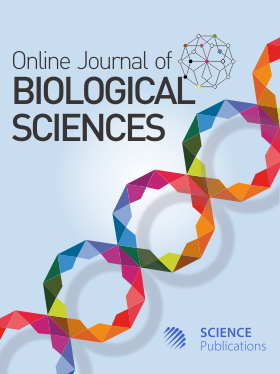Visual-Spatial Attention Abilities Among School Children Exposed to Low Environmental Lead Level
- 1 Laboratory of Water, Biodiversity and Climate Change, Department of Biology, Faculty of Sciences Semlalia, Cadi Ayyad University, Marrakech, Morocco
- 2 CarMeN Laboratory, INSERM, INRAE, INSA Lyon, Université Claude-Bernard Lyon 1, Lyon, France
- 3 Laboratory of Pharmacology, Neurobiology, Anthropobiology, Environment, and Behaviour, Department of Biology, Faculty of Sciences Semlalia, Cadi Ayyad University, Marrakech, Morocco
- 4 Laboratory of Biology and Health, Unit of Neuroscience and Nutrition, Department of Biology, Faculty of Science, Ibn Tofail University, Kenitra, Morocco
- 5 Laboratory of Toxicology, Mineral Element Dosing Centre, UFR of Pharmaceutical and Biological Sciences, University of Nantes, Nantes, France
Abstract
Lead (Pb) is an intrusive toxic matter which harms the neuro-cognitive and behavioral development of children even with doses considered normal. The present paper aims at evaluating the visual-spatial attention function among 142 schoolchildren living in a mining area (cases) in comparison to 177 living in the Chouiter area (control group) in Marrakech. We used the Bell Dam Test (BDT) for the assessment of their visual attentional abilities and unilateral spatial neglect. Interviews with parents were conducted to identify co-variables related to Pb exposure. Agricultural soil, drinking, and groundwater were collected from the surrounding area of the children's school. The determination of Pb content in the environment was performed by ICP-MS. The results demonstrated that cases' scores in the test of visual attentional abilities and in scanning procedures were significantly worse in comparison to the control group (p = 0.05 and p = 0.002, respectively). In cases, soil Pb level was higher (67.14±10.13 g/g) than in controls (41.73±13.6 g/g). Pb levels in groundwater and drinking water were low with a significant difference between the two areas in groundwater. The mean scores of visual attentions were significantly lower in children exposed to environmental Pb contamination compared to those who are not exposed (p = 0.008). These findings suggest that Pb is probably incriminated in the genesis of visual attention deficit.
DOI: https://doi.org/10.3844/ojbsci.2022.439.447

- 3,920 Views
- 1,983 Downloads
- 1 Citations
Download
Keywords
- Lead
- Soil Pollution
- Water
- Attention
- Children
- Morocco
